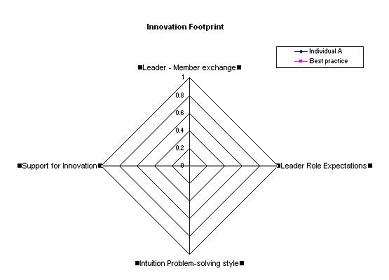Joyce Wycoff the Co-Founder of the InnovationNetwork, an organization which helps organizations
build competency in innovation talks about the Top 10 reasons which kill Innovation.
-Not creating a culture that supports innovation
-Not getting buy-in and ownership from business unit managers
-Not having a widely understood, system-wide process
-Not allocating resources to the process
-Not tying projects to company strategy
-Not spending enough time and energy on the fuzzy front-end
-Not building sufficient diversity into the process
-Not developing criteria and metrics in advance
-Not training and coaching innovation teams
-Not having an idea management system
He also gives Ten Practical Steps to Keep Your Innovation System Alive & Well.
-Remove fear from your organization. Innovation means doing something new, something that may fail. If people fear failing, they will not innovate.
-Make innovation part of the performance review system for everyone. Ask them what they will create or improve in the coming year and then track their progress.
-Document an innovation process and make sure everyone understands it as well as his or her role in it.
-Build in enough looseness into the system for people to explore new possibilities and collaborate with others inside and outside the organization.
-Make sure that everyone understands the corporate strategy and that all innovation efforts are aligned with it. However, also create a process for handling the outlier ideas that don't fit the strategy but are too good to throw away.
-Teach people to scan the environment for new trends, technologies and changes in customer mindsets.
-Teach people the critical importance of diversity of thinking styles, experience, perspectives and expertise. Expect diversity in all activities related to innovation.
-Good criteria can focus ideation; however, overly restrictive criteria can stifle ideation and perpetuate assumptions and mindsets from the past. Spend the time necessary upfront to develop market and success-related parameters that will take you into the future.
-Innovation teams are different from “regular” project teams. They need different tools and different mindsets. Provide enough training and coaching so that when people are working on an innovation team, they can be successful.
-Buy or develop an idea management system that captures ideas in a way that encourages people to build on and evaluate new possibilities.
